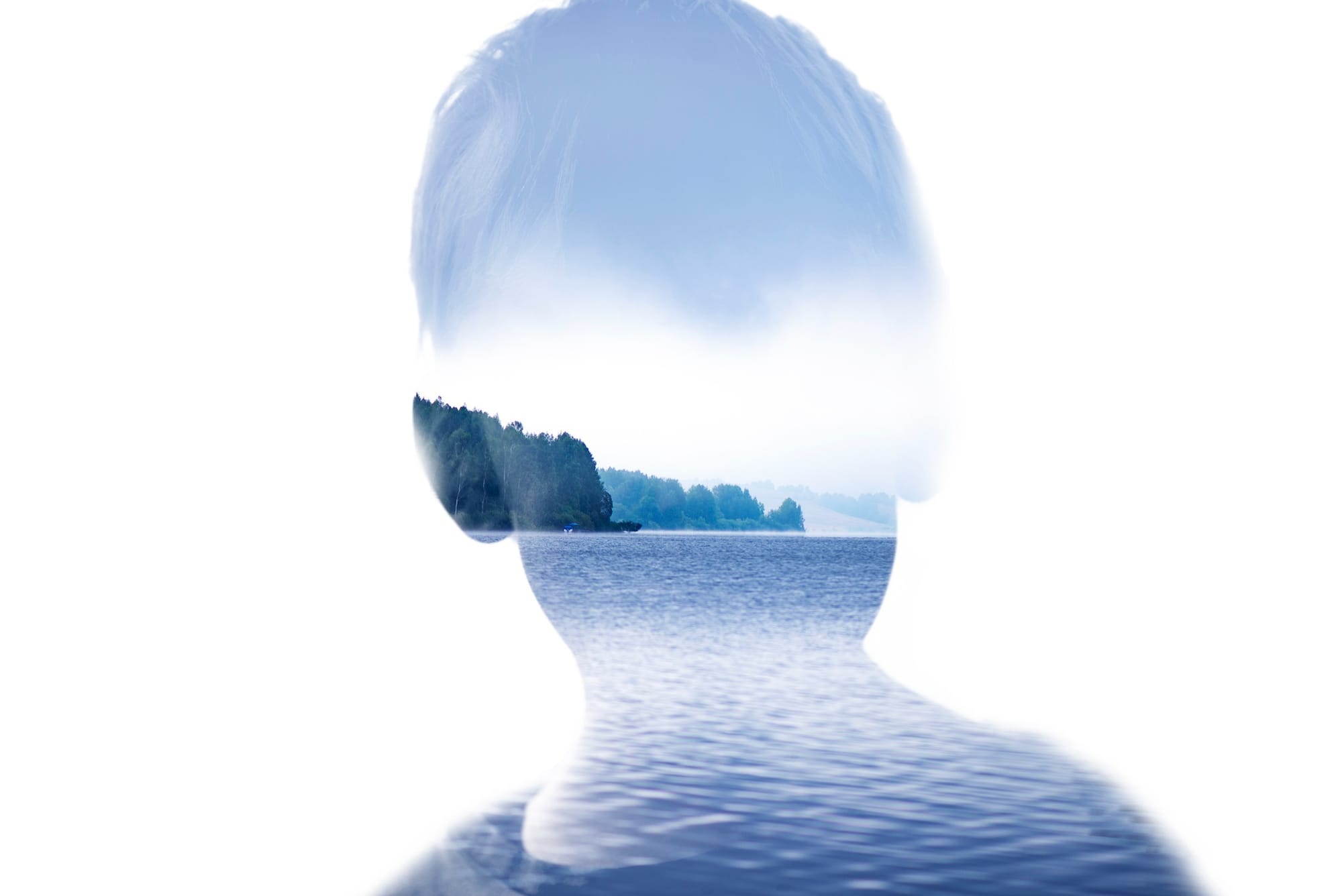
The children of today will be the recipients and managers of complex water challenges in the future. But despite making up 25% of our global population, children are generally excluded from research and decisions regarding water futures and water security.
This is one of the central ideas in a distinctive piece of research by Dr Bronwyn Cumbo, formerly from Monash's Emerging Technologies Research Lab. With filmmaker Dr Rowena Potts, she devised a new approach to support children, contribute to how we understand today’s water challenges, and plan for sustainable water futures.
Seven children (aged 10-11 years) from inner-city Melbourne participated in the Our Water Futures project, where they were invited to investigate their everyday experiences of water over six weeks using a novel participatory film method.
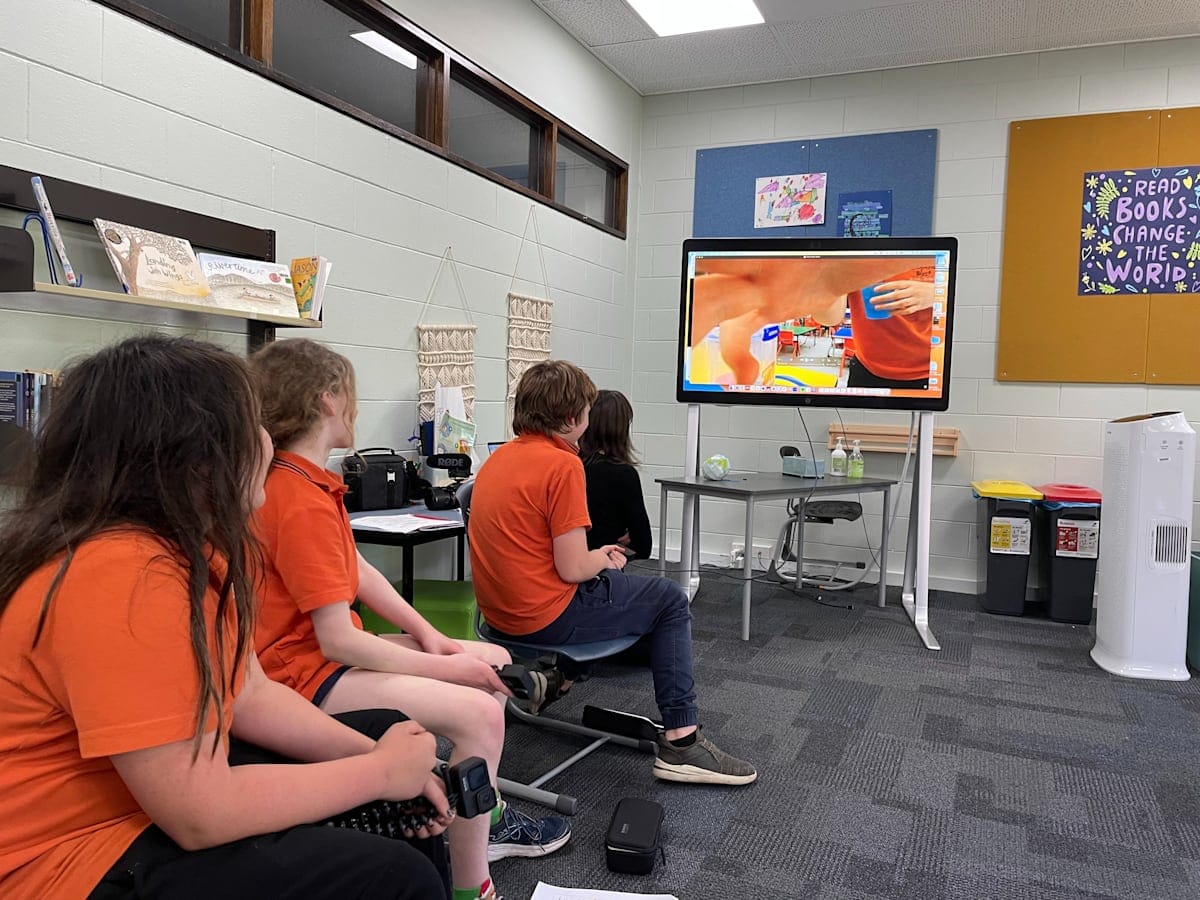
The children filmed various types of daily water encounters using a GoPro camera, and shared their footage with the group at weekly film screenings where they discussed the filmmaking process, their collective water experiences, and how they related to broader water issues, such as water security and climate change.
This method draws from Scandinavian participatory design, a socio-political approach where researchers partner with stakeholders affected by future interventions in all phases of a design process. When applied with children, traditional adult or expert-centric approaches to research can be reversed, giving children an opportunity to lead the research process and set the agenda for discussion.
“Children are often excluded from this type of futures research because adults question the value of their perspectives, or they want to protect children from experiencing the anxieties that can arise when discussing climate change,” Dr Cumbo says.
“It can also be challenging to communicate with children – you can’t simply give them a survey or ask a direct question and always expect a meaningful response.
“Children are experts of their own lives, and how they experience and make sense of the world now influences how they will value and respond to water and climate-related challenges in future.
“In this research, we wanted to query our assumptions about children’s experiences, and use these findings to devise initiatives that could enable children to be part of water futures planning.”
Dr Cumbo will be presenting this research and the four-part participatory film method at the Participatory Design Conference (PDC2024) to be held in Sibu, Sarawak, in August this year.
The four key elements of the method are:
- Time – adopting a slow, explorative approach for children to become comfortable with each other, the adult researcher, and the equipment, so they build rapport and generate richer insights.
- The “least-adult” role – where children are positioned as research leaders, initiators, and drivers, in an adult-supported environment.
- The camera – a vital research tool that enables children to collect “real-time, sensorial data” in their own time.
- Continuous group reflection – where the child and adult researchers regularly come together to reflect on their footage, the filmmaking and research process, the stories behind their water videos, and links to broader issues.
Through this process, the children revealed a range of water experiences that have been illustrated in the short film Our Water Stories, which the researchers edited together with the children.
Example findings from this research include:
- The ubiquity of water
At first, many of the children envisaged filming natural waterfalls or the ocean, but were struck by the presence of water in and around their homes and neighbourhoods, and the vital role it played in their everyday life.
“Before I saw water as something you can drink … But now I see it as everything.” – 11-year-old boy
- Diverse water cultures and places
By sharing their footage, the children gained insights into the diversity in their water practices and places, which invited them to question their assumptions about how water can be used.
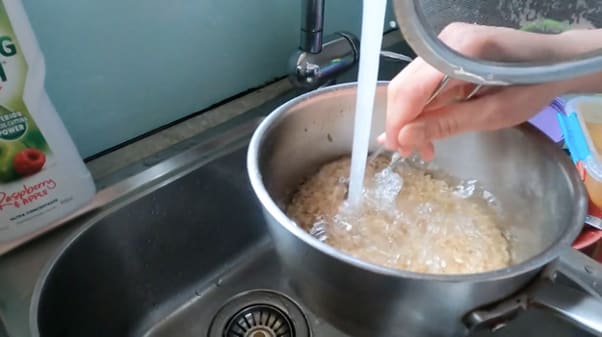
For instance, footage of one participant's mother washing and boiling rice in a pot sparked a fiery group discussion about the “correct” way to cook rice, as many children were unaware of alternative cultural practices.
Another participant shared footage of a dam and bushfire infrastructure from her family’s farm, which led the children to discuss how our experiences of water are shaped by where we live, and differences between the city and the country.
- Links between water experiences and perspectives
The children also discovered that direct experiences of water can shape how individuals and communities value and use it.
For instance, some of the children’s parents expressed concern about the wasteful water practices the children had captured, and that their experience of the Australian millennium drought (1997-2009) and strict water use restrictions had left them feeling nervous about water wastage.
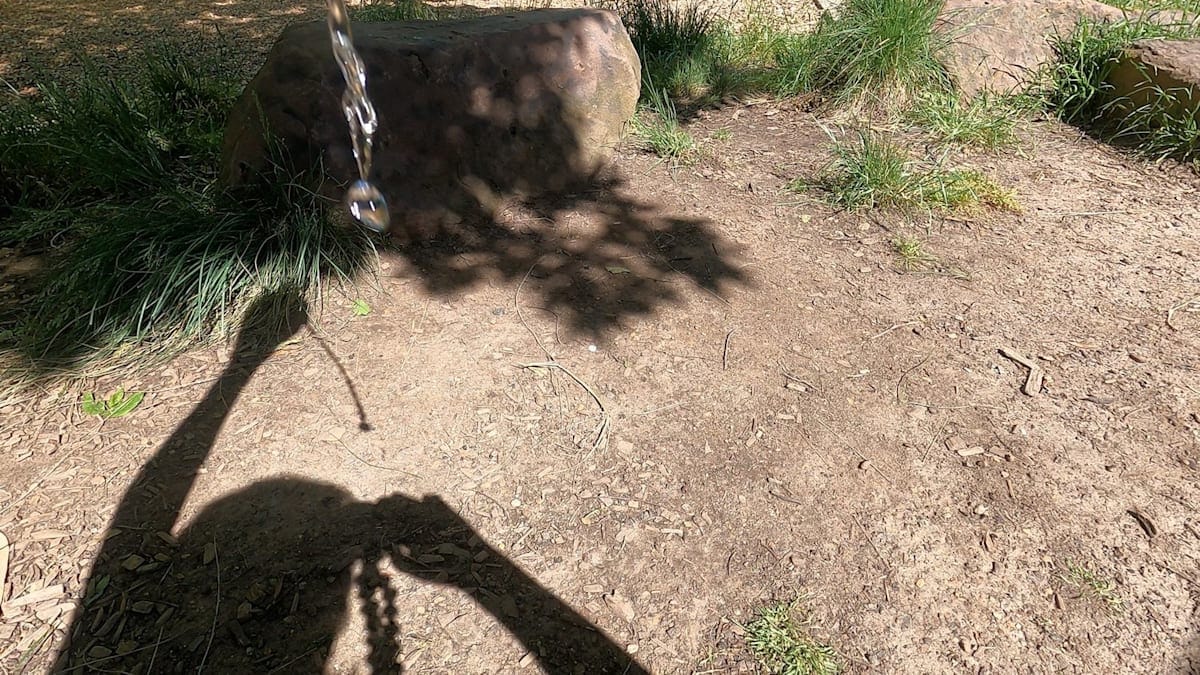
This was not something many of the children had considered, perhaps because they had not yet experienced a drought. Instead, they saw water as a source of fun, play, and curiosity.
- Creative, sensory storytelling through film
This method gave children the freedom to create a story about their relationship with water that reflected their personal aesthetic, interest, and experience. And, they came to also learn about and appreciate the differences in story-making that emerged between group members, which varied from observational works, to interviews and theatrical performances.
“I’ve learnt that you can do a lot with a camera. All our stories are so different, but they say a lot about what we see every day, and what we find interesting”. – 11 year-old girl
Overall, the child-led approach provided a unique window into their lives and way of thinking, such as gaps in children’s awareness of our reliance on water, and the interconnectedness of water systems.
“These children have grown up in the city. They turn on a tap and water simply appears. It travels down the sink and disappears,” Dr Cumbo says.
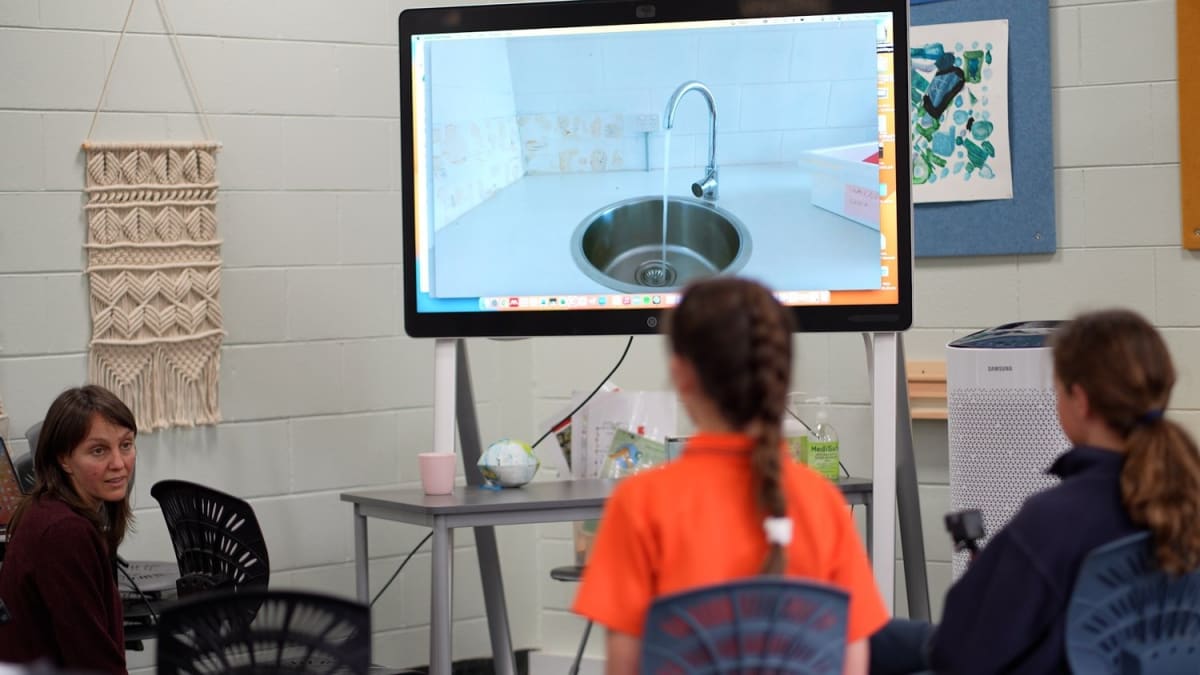
“This process sparked new questions about where water comes from, and where it goes once it leaves their home, or the impact of their individual or collective water practices on bigger processes at play.”
Dr Cumbo says participatory methods such as this can assist industry and government decision-makers to connect more directly with children by giving them a language to communicate their experiences and priorities for the future.
“There’s a wonderful opportunity for decision-makers to learn from, and respond to, the experiences and perspectives of children, and incorporate them in water futures planning, which is an important acknowledgement of the UN Convention of the Rights of the Child,” Dr Cumbo says.





